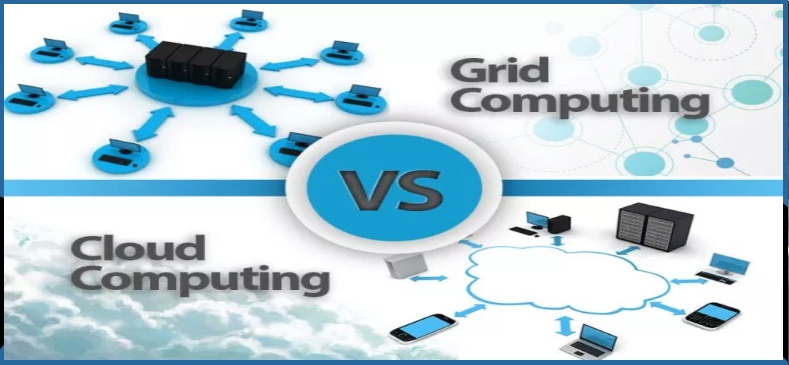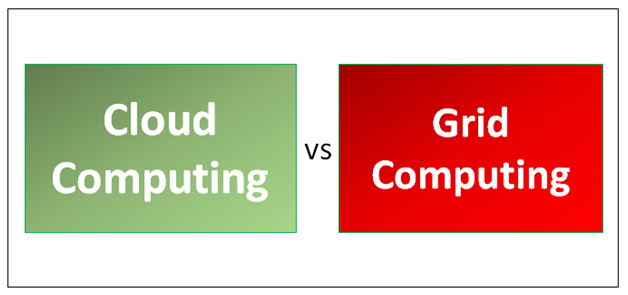
Cloud computing and grid computing are pretty related concepts that can be easily confused. Luckily, there are a few fundamental distinctions that separate the two independently.
Grid computing is a free network of computers called for a large-scale processing job. This network is across the Internet, but only machines that have opted into the grid are. Although distributed geographically, grid computing allows for parallel processing on a massive scale. In short, grid computing is what you want when you have a big processing job to tackle. Search for Extraterrestrial Intelligence (SETI), for example, uses a grid computing scheme to analyze radio frequency data, taking advantage of volunteers’ idle processing power.
Design for these grid systems is for collaborative distribution of resources.
It can be considered to be as shared and large-scale cluster computing. A Grid is the one that uses the processing capabilities of different computing units for processing a single task. The task is divided up into multiple sub-tasks, with each machine on a grid carries out a particular function. As when the sub-tasks performed well, they return to the primary device which takes care of the all the tasks. They are combined or clubbed together as an output.
Cloud computing, in contrast, usually involves accessing resources on an as-needed basis from clusters of servers. These clusters can handle large processing loads, but they are intended to provide scalable processing to users on a smaller scale. Instead of processing one massive task from a single user, cloud computing handles many smaller requests from multiple users. This method allows the users to scale up their computer resources for a temporary processing spike without investing in actual servers, which may be employed only rarely.
It is the practice of making use of the network of servers/hardware/computers that are hosted by the provider and available through web/Internet for multiple purposes such as storage and computing, i.e., instead of on-premise servers or hardware we leverage infrastructure from some other provider. Various organizations are adopting it as it provides a multitude of benefits.
Conclusion
Server computers are still required to share the pieces of data and collect the results from participating clients on the grid. Cloud provides more services than grid computing. Almost all the services on the Internet is accessible from the cloud, e.g., web hosting, multiple Operating systems, DB support and much more. Grids tend to be geographically dispersed and more heterogeneous in comparison to conventional cluster computing systems.
So, while grid computing utilizes sprawling networks meant to handle an insufficient number of significant tasks over the Internet, cloud computing employs large clusters of computers that can be accessed over the Internet to handle smaller processing tasks from multiple sources. That is not to say these are the only discrepancies, but they are the ones from which all the other variations (standards, interfaces, services offered, etc.) serve.
Cloud computing and grid computing both have the same objective, and that is to offer a user-friendly computing system that provides all the benefits of more complex computer processes. Having a basic understanding of the difference between the two will help a user choose the method best suited for his or her needs.
We hope this helps. All the best and happy learning!

